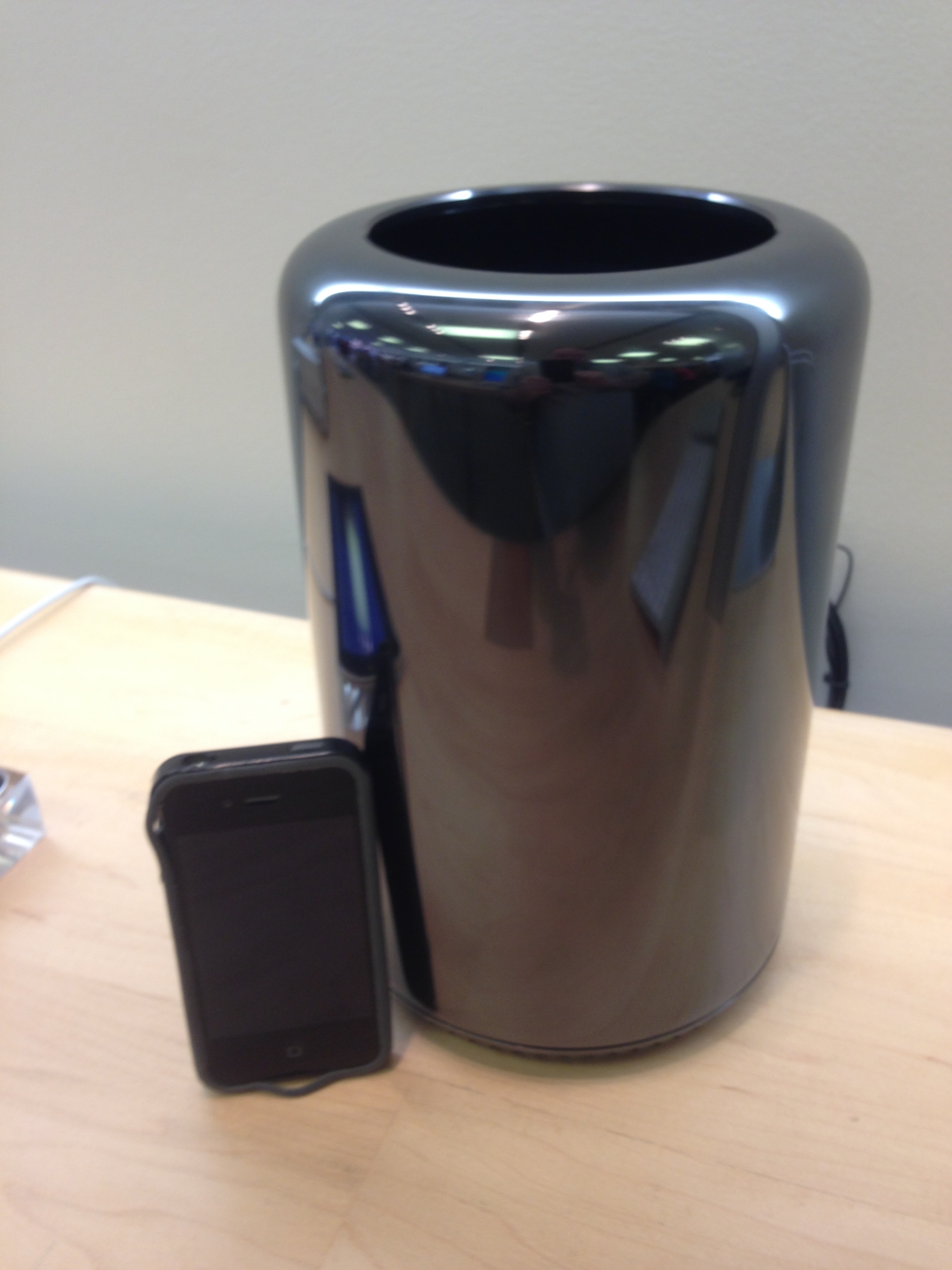What I'm working on
 Saturday, January 31, 2015 at 12:42PM
Saturday, January 31, 2015 at 12:42PM Reviews of Digital Forensic Tools
 David G (Chuzpah)
David G (Chuzpah)
UPDATE: Paraben just released P2 Commander version 4.0 so I'm in the process of evaluating it.
 Saturday, January 31, 2015 at 12:42PM
Saturday, January 31, 2015 at 12:42PM Reviews of Digital Forensic Tools
 David G (Chuzpah)
David G (Chuzpah)
UPDATE: Paraben just released P2 Commander version 4.0 so I'm in the process of evaluating it.
 Saturday, January 17, 2015 at 5:58PM
Saturday, January 17, 2015 at 5:58PM
 Saturday, September 13, 2014 at 3:27PM
Saturday, September 13, 2014 at 3:27PM I shutter to think how long I could go without my Kindle, iPad or iPhone anymore. However, I usually can live without them long enough to try and get some rest on red eye flights. The last red eye flight I took (last week) I noticed a glow over the entire cabin when returning from the restroom. It seemed like every passenger had some device. I thought it was unusual since it was a red eye flight and most people usually sleep (so I thought). I usually can’t sleep on flights, but I like to give it the old college try when I have early meetings on the east coast the next morning. As I made my way back to the forward part of the cabin to reclaim my seat (just behind business class) I noticed that most people were watching movies or playing games on all manner of tablets, phones, Ultrabooks, etc. I even noticed a pre-teenage kid watching Django Unchained (totally inappropriate for a 12 + year old to be watching). I did notice a couple of people reading something on printed paper, but most people were glued to those devices. As a technology guy, I’m often on computers and devices for 18+ hours a day but when I’m in flight, I like to take a device holiday for a few short hours!
 Wednesday, January 8, 2014 at 8:14PM
Wednesday, January 8, 2014 at 8:14PM When I was at the Apple store the other day I noticed something really cool. The new Mac Pro! This is a computer that you must see to appreciate, below is a photo of the new beast next to my iPhone 4 for scale. I plan to review one of these in the next few months so watch this site for updates on how well it performs. I will need to out it through its gaming paces as well. ;-)

 David G (Chuzpah)
David G (Chuzpah)
Since visiting the Apple store (more than a year ago) I have purchased a 2013 Mac Pro as my primary machine. I plan to post additional thoughts and information about it some time during the month of January. Check back soon.
 Wednesday, January 8, 2014 at 12:28AM
Wednesday, January 8, 2014 at 12:28AM Using my modified 2010 Mac Pro I wanted to see if I could successfully turn my Mac into a gaming machine. To give an accurate representation of the capabilities of the hardware the same games using identical graphical settings were measured on native OS X 10.9.1 as well as Windows 8.1 (boot camp). FPS measurements were taken using the standard Boot Camp 5.x video drivers as well as upgrading the drivers to the latest stable version of the GTX 680 drivers.
Mac Hardware Configuration:
Duel 2.4 Ghz Quad-Core Intel Xeon (5620) processors
32GB RAM (DDR3)
NVIDIA GeForce GTX 680 (2GB EVGA Mac Edition)
240GB OWC Mercury EXTREME Pro 6G (both Mac and Windows)
Apple 30” Cinema Display (2560x1600)
Mac Gaming:
Compared to the Windows world drivers on the Mac side seem to be lacking. Frames per Seconds (FPS) values always clock lower than on its Windows counterpart. This is probably due to more frequent driver updates being available on the Windows platform.
World of Warcraft (2560x1600 Ultra Settings)
Set the slider bar to Ultra settings at 2560x1600 resolution. Since this game is an MMO I performed tests in a couple of different areas in the game (listed below)
Orgimmar: FPS between 32 and 40
Flying around Durotar and Outland FPS was between 80 and 90
Diablo III (2560x1600 High Settings)
Texture Quality - High
Shadow Quality - High (Smooth)
Physics - High
Clutter Density - High
Anti-Aliasing - On
Max Foreground FPS - 100
Max Background FPS - 8
FPS varied between 56 and 61
Bioshock Infinite (2560x1600 Ultra Settings)
With Ultra settings on the Mac I was able to achieve a solid 50 to 55 FPS, however, at times there were lag spikes that were noticeable.
Windows Gaming on Mac Hardware:
This portion of the article focuses on a Boot Camp (non-virtualized) installation.
World of Warcraft (2560x1600 Ultra Settings)
Again I set the slider bar to Ultra settings at 2560x1600 resolution. On the Windows side there was a noticeable performance boost but it was not as dramatic as I was expecting.
In Orgimmar I was getting 37 to 50 FPS and flying around Durotar and Outland FPS was between 87 and 98
Diablo III (2560x1600 Ultra Settings)
Under Windows I got a solid 60 FPS for the most part, however, in town it would spike slightly higher at times
Bioshock Infinite (2560x1600 Ultra Settings)
I used the same Ultra settings as on the Mac side and was able to get a solid 60 FPS at all times, sometimes it would go higher. Overall gameplay was very smooth, no noticeable lag spikes.
Note: After upgrading to the latest Nvidia GTX680 drivers frame rates were nearly identical to the standard Boot Camp 5.x drivers that Apple provided. Going to be continuing to benchmark and will post updated results here on a regular basis.